The tsunami warning was lifted after the waves receded, according to The Star.
Earlier, a 7.4 magnitude earthquake forced coastal residents in the southern Philippines to evacuate due to the risk of a tsunami. There were no immediate reports of casualties or serious damage from the quake, but some residents said buildings in sparsely populated areas around the island of Mindanao were damaged.
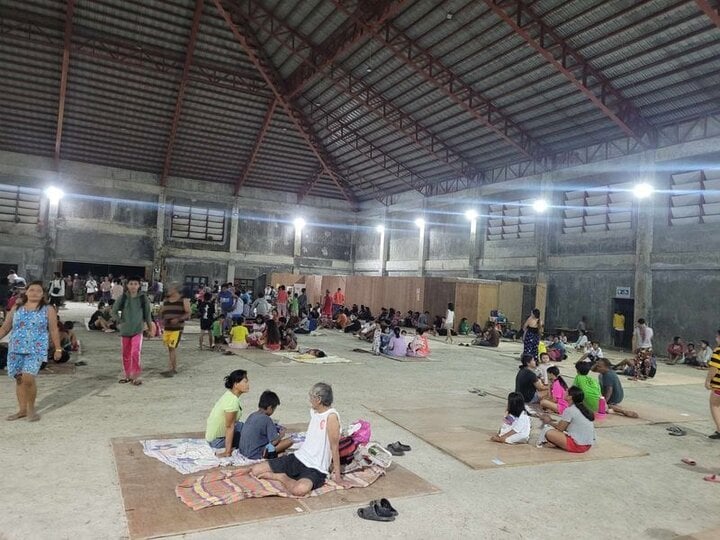
People evacuate at a shelter in the Philippines. (Photo: Reuters)
More than 500 aftershocks were recorded. The Philippine Institute of Volcanology and Seismology (Phivolcs) urged people to exercise caution as they resume normal activities.
“The tsunami threat associated with this earthquake has largely passed for the Philippines,” Phivolcs said, advising people in affected communities to heed instructions from local authorities.
Earlier, Philippine authorities had urged people living near the coast of Surigao Del Sur and Davao Oriental provinces to move inland. The agencies said they were assessing the impact of the earthquake with information collated from the scene.
Meanwhile, the Philippine Coast Guard put all ships and aircraft on alert.
“We started returning home early on December 3, still shaking from the aftershocks,” said Julita Bicap, 51, a receptionist at the GLC Suites hotel in the coastal town of Bislig.
"It's still there now. Last night we were in the evacuation center, including two foreign guests. One of them went back to the hotel," she continued. She also noticed a small crack in the front wall of the hotel, according to Bicap.
According to the European-Mediterranean Seismological Center, the largest aftershock from yesterday's earthquake in the Philippines had a magnitude of 6.5.
Earthquakes are common in the Philippines. The country lies on the " Pacific Ring of Fire", a belt of volcanoes that encircles the Pacific Ocean and is prone to seismic activity.
At the Hinatuan-Bislig Bay Observatory, Philvolcs, waves as high as 0.64 meters were recorded at the risk points. Meanwhile, the Japan Meteorological Agency said waves as high as 40 centimeters were recorded on Japan's Hachijojima Island, about 290 kilometers south of Tokyo.
The US tsunami warning system initially warned of waves that could be up to 3 metres above normal tide levels in the area.
The earthquake occurred at 10:37 pm on December 2 (local time), with an epicenter 25 km deep.
James Soria, who owns a small hotel in Hinatuan, said his home had suffered significant damage. “It’s shaking here again,” he told Reuters as another aftershock hit.
Cosme Calejesan, 47, said his house in Surigao City, 185 kilometers from the epicenter, was also damaged but the structure remained intact.
“I was sleeping and woke up to the sound of a cupboard creaking when the earthquake happened. It was scary. It happened suddenly and I was very worried about my children,” he said.
Phuong Anh (Source: Reuters, The Star)
Source



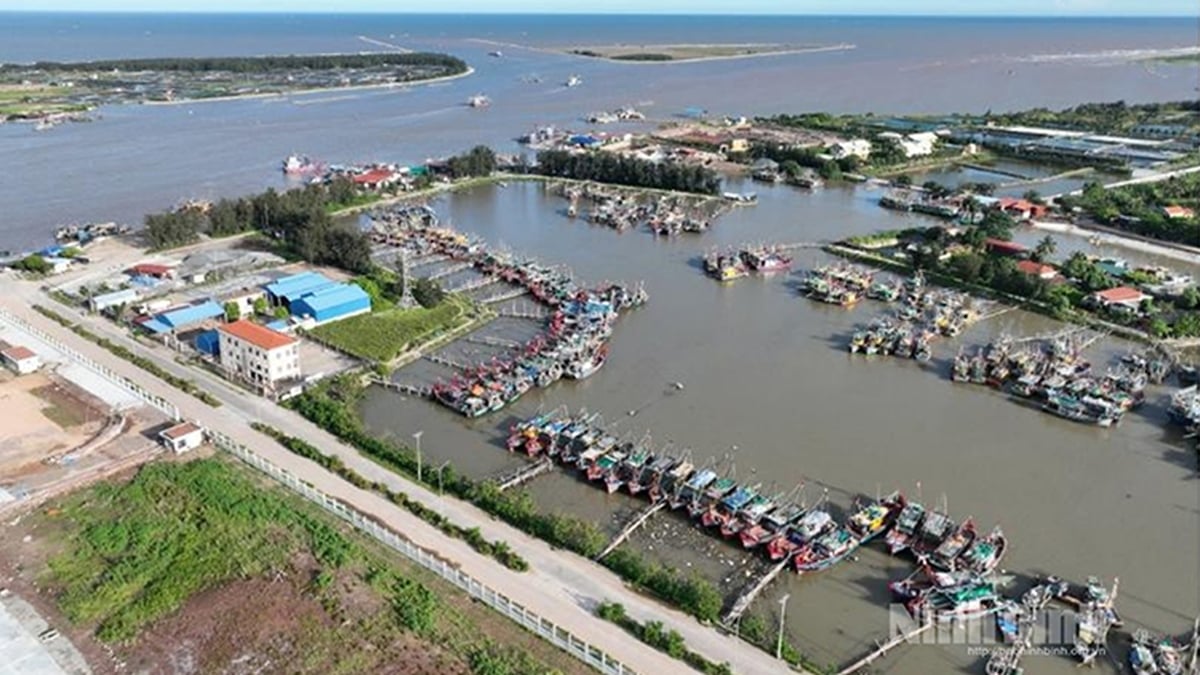
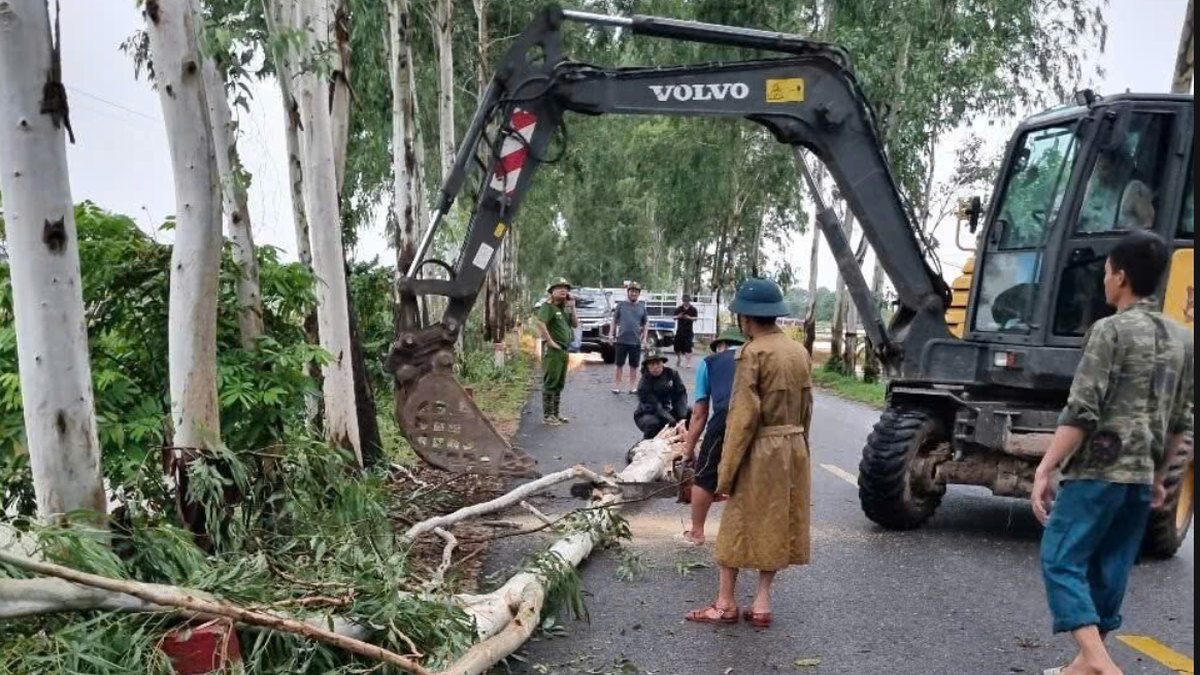
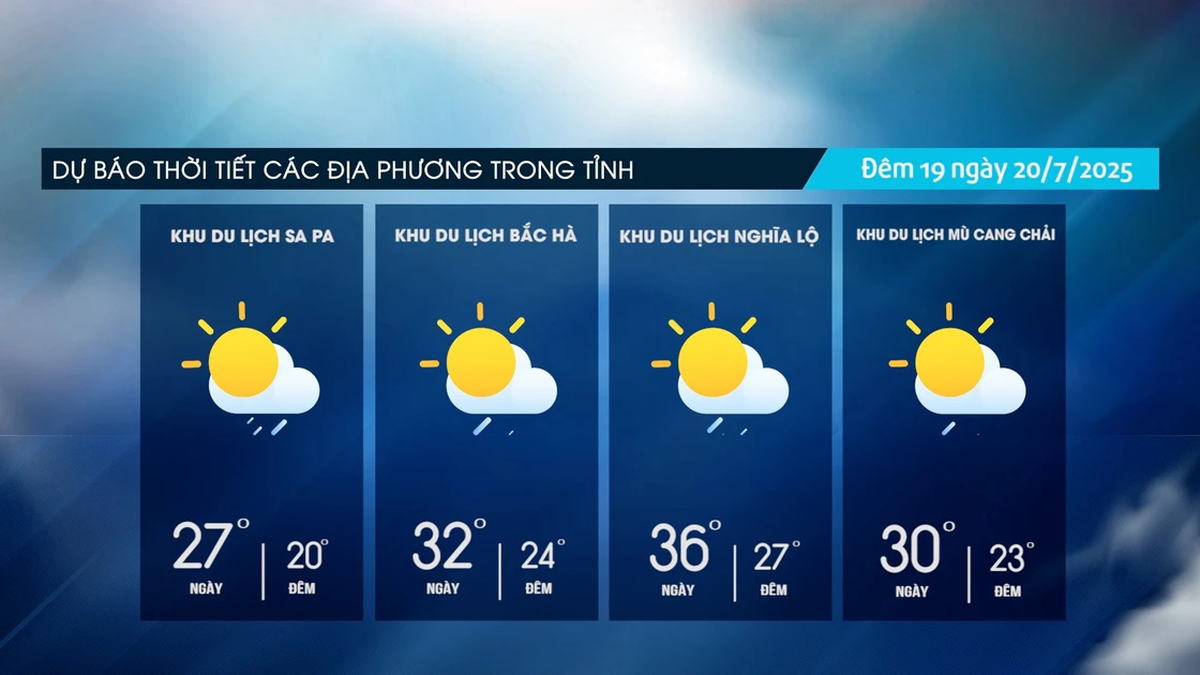



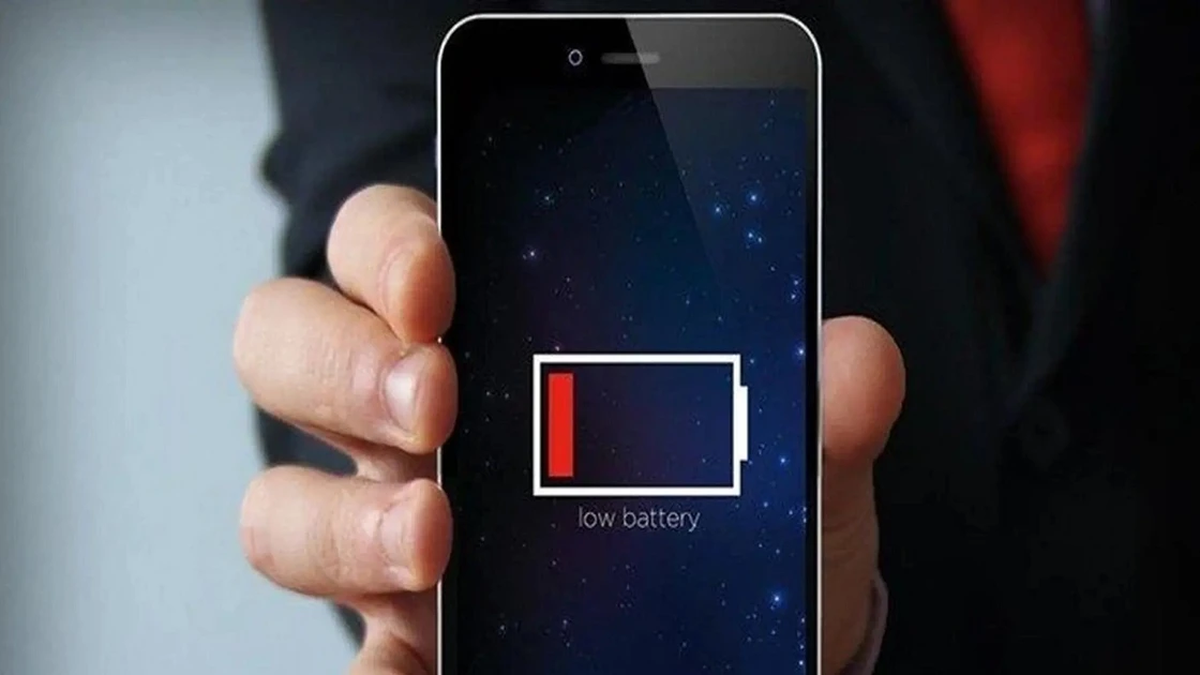
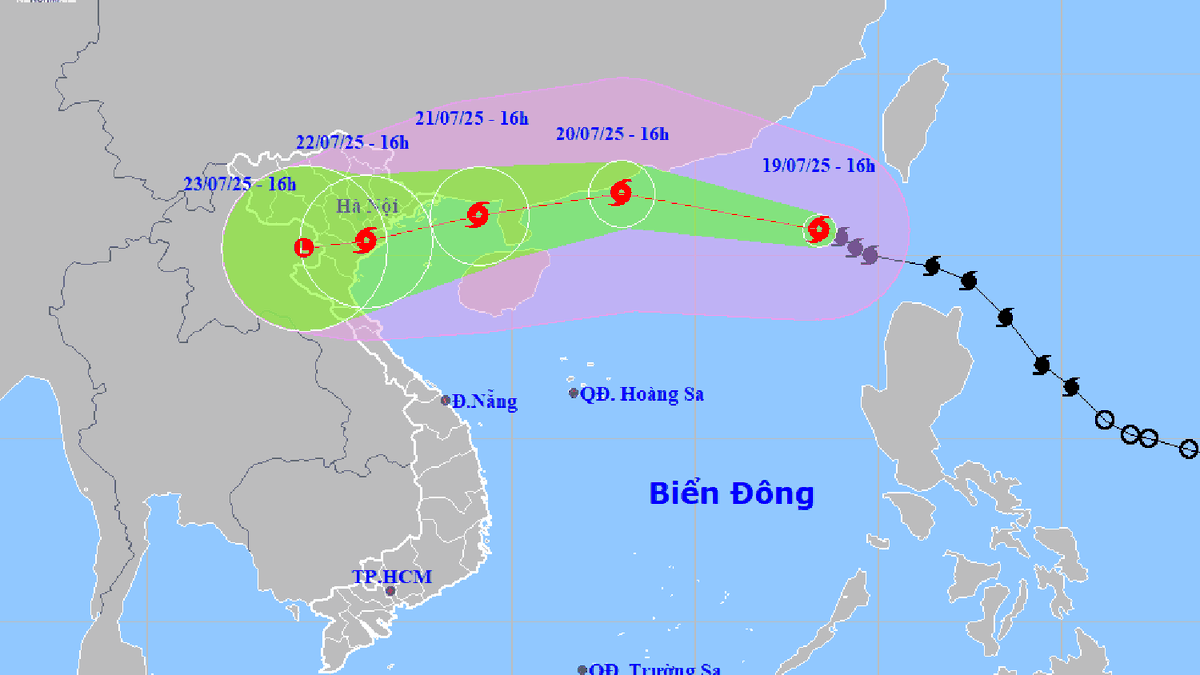
























































































Comment (0)